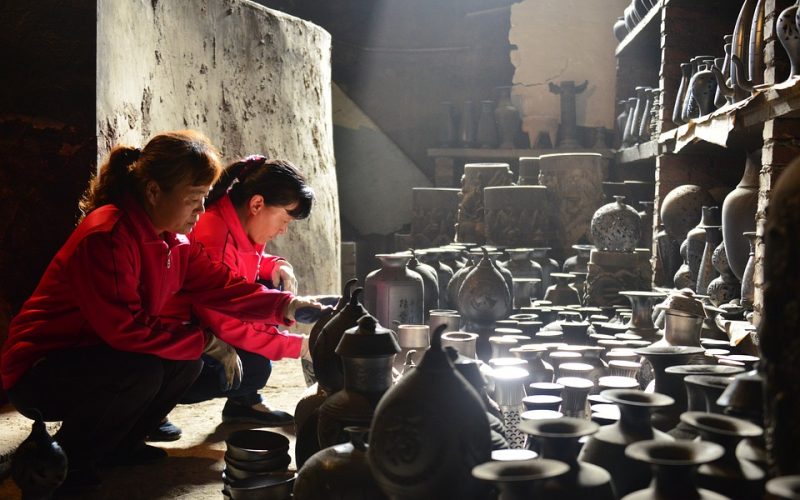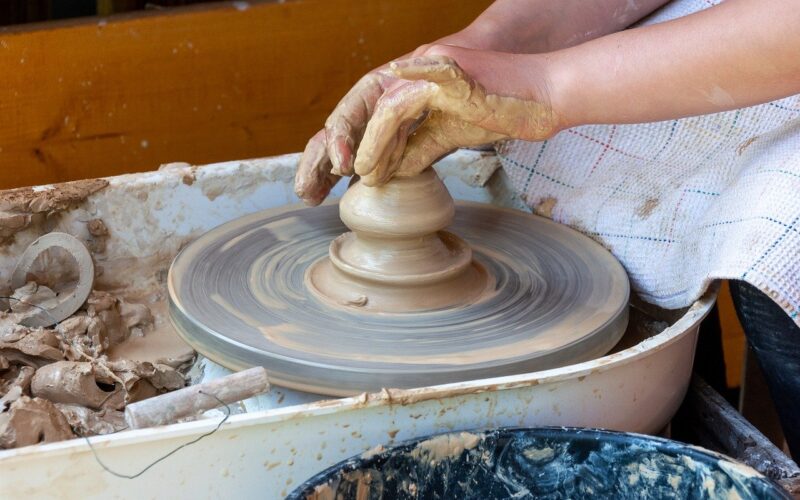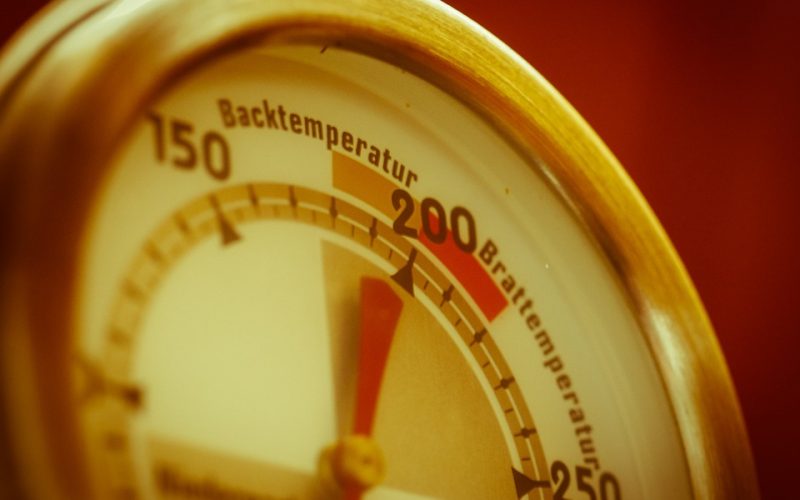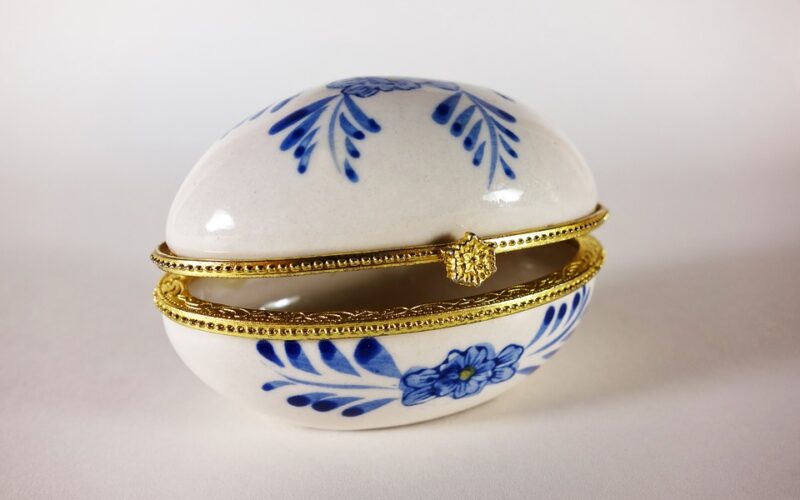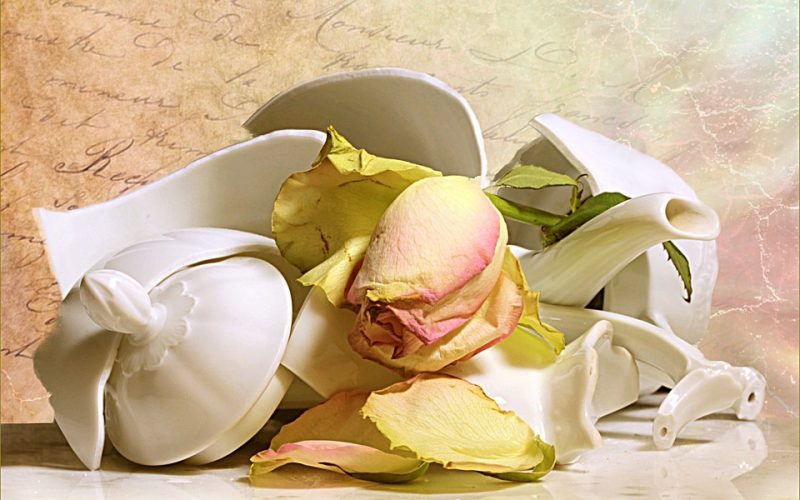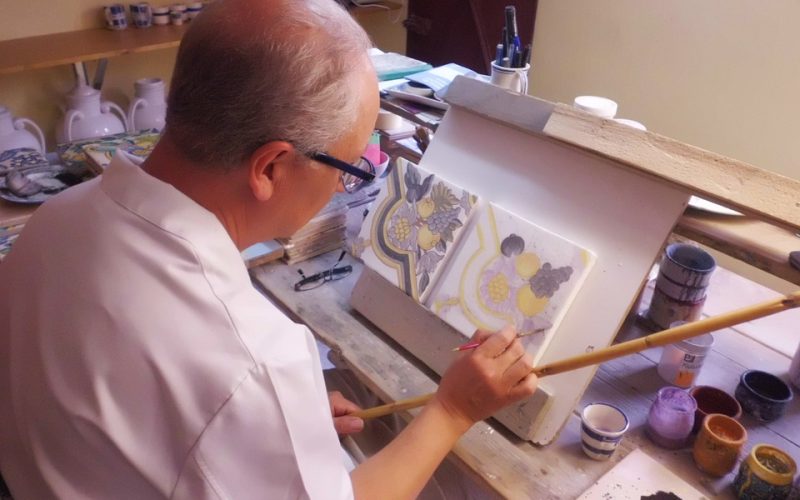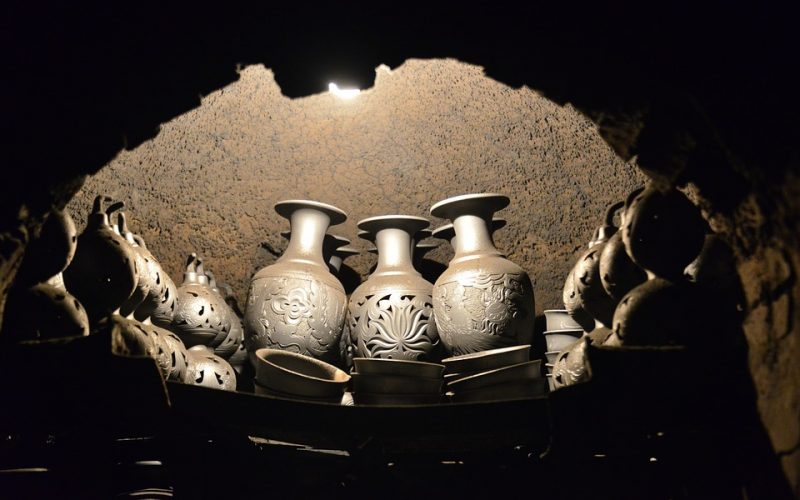Firing to Create Porcelain and China Pieces
Kilns create an amazing transformation with clay, and they turn a dark and heavy substance into an entirely new material. The composition of the original piece, along with the temperature and time it spends in the kiln, turns clay pieces into pottery, porcelain or china. This is not a random event, and the artist must determine the final product before they begin their work. Pottery can be made with almost any clay, but porcelain and china pieces require additional ingredients.
The beauty and durability of fine porcelain has long been acknowledged, and creating it takes clay with high kaolin or calcined kaolin content. Choosing the correct clay mixture results in a finer grain in the finished product, and it also allows the piece to be fired at a higher temperature without breaking. This is part of the beauty of porcelain, but the final decoration and second kiln firing are the factors that make it stand out from regular pottery pieces.
There are many types of china, and English fine bone china has long been admired by many people for its ability to let light pass through it. This gives additional depth to any surface decorations on the piece, and it is a look many have worked to create for years. Durability has been an issue, and adding bone ash is one way to solve it. The piece will then become fine bone china, and firing turns this clay mixture from an everyday piece of pottery into an item that will grace a room for years to come.
Artists and potters continue to experiment with different mixtures of clay, firing temperatures and bone ash to create modern pieces of porcelain and bone china. Glazes have advanced as well, and this offers many more creative avenues to be explored by modern pottery artists.
